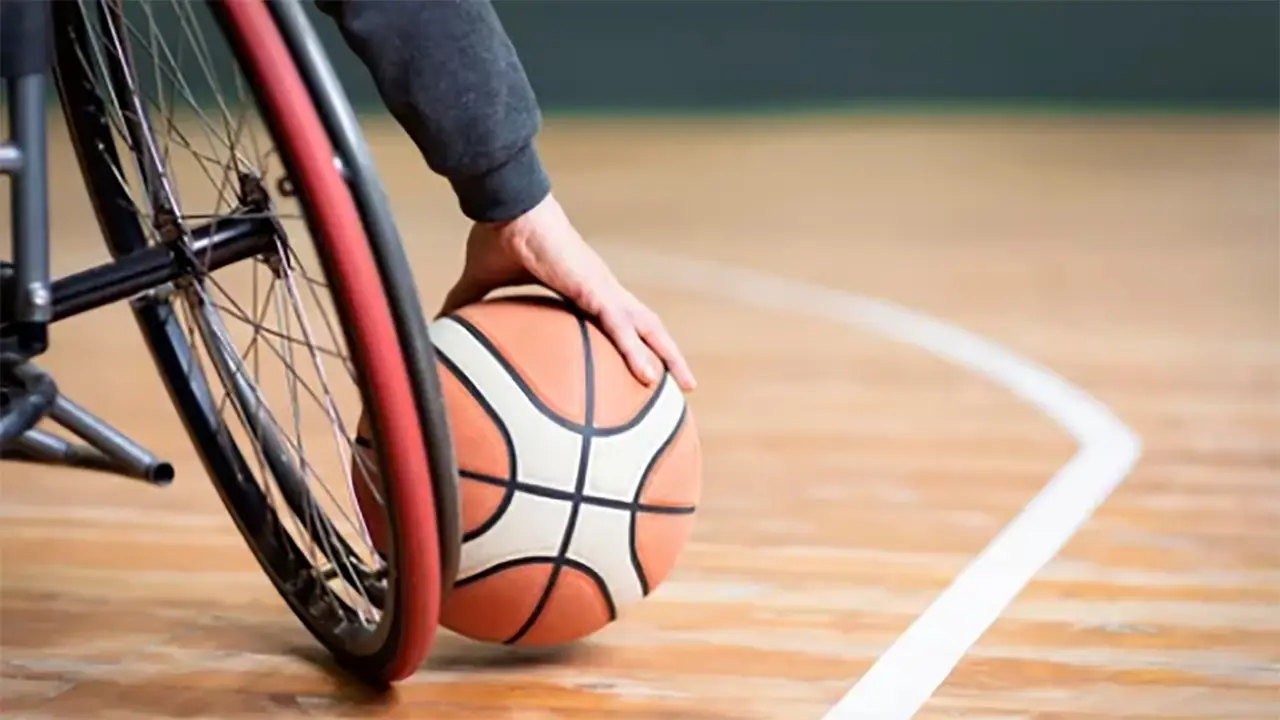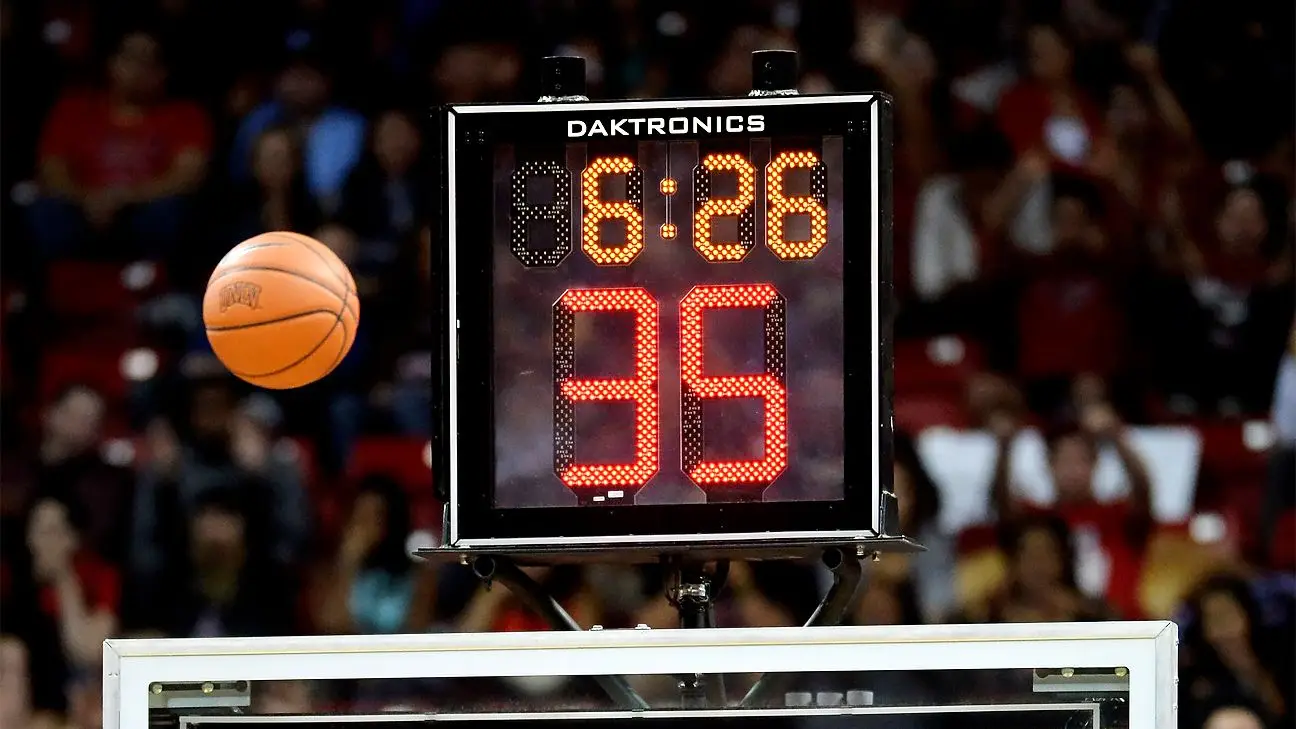After the match, the body does not get tired – it negotiates on the verge of refusal. Basketball takes away not only energy but also movement accuracy, pulse, oxygen, and glycogen. Recovery is a strategic necessity. Neglecting this process reduces efficiency, increases the risk of injuries, and hinders progress. Let’s consider how to recover after a basketball game using proven methods.
The First 30 Minutes After the Final Whistle
The body loses up to 2.5 liters of fluid per match. Body temperature jumps to 39.5°C. Heart rate reaches up to 180 beats/min. Recovery after physical exertion begins right in the locker room. Ignoring this leads to delayed inflammation and muscle spasms the next morning.
How to recover after a basketball game:

- Drink 500 ml of isotonic drink (e.g., Powerade or Gatorade) to replenish electrolytes.
- Eat a portion of carbohydrates (banana, energy bar, rice cake).
- Apply cold: compress on calves and thighs for 10-12 minutes reduces micro-inflammation.
It is necessary to stop catabolism and start tissue regeneration within the first half hour.
Deep Recovery: 2-3 Hours After the Game
After the initial adaptation of the body, the fight against inflammation and muscle recovery after training begins. This stage involves BCAAs (branched-chain amino acids), protein, and essential sleep.
Nutrition and Biochemistry
After intense training, the body enters a phase of active recovery where nutrition plays a key role. Biochemical processes directly depend on the macroelements received from food. Properly selected portions help initiate muscle regeneration and replenish energy expenses.
Food portion:
- protein – 25-30 g (chicken breast, protein shake);
- carbohydrates – 50-60 g (oatmeal, quinoa);
- fats – up to 10 g (avocado, nuts).
Even a slight deficit of amino acids can delay returning to normal for 24 hours. Balanced nutrition helps to return to training faster and reduces the risk of muscle strain. Without this, recovery after basketball is delayed by a day.
Temperature Methods
Contrast shower or alternating between sauna and cold stimulate blood circulation, remove lactic acid, reduce pain. Contrast 1: 6 minutes in the sauna (80-90°C), then 2 minutes in cold water (15-18°C). Repeat – three cycles.
This protocol increases blood flow by 25-30%, improving recovery after the game.
Acceleration of Regeneration: 24 Hours After the Match
The day after the match is a crucial window. It is here that complete stabilization occurs after basketball. Applying different methods in combination brings maximum effect.
Massage
Sports massage (30-45 minutes) enhances microcirculation, reduces spasms. The specialist works on large muscle groups: quadriceps, calves, latissimus dorsi, shoulder girdle.
Regular massage reduces creatine kinase levels (a marker of muscle damage) by 15-20% after intense training.
Low-Intensity Exercises
Light cardio exercise (cycling ergometer at 110-120 beats/min, 20 minutes) removes metabolites, improves lymph flow. This is active recovery after physical exertion, which NBA athletes use on a daily basis.
Recovery the Day After a Basketball Game
The final stage concerns not only physical but also energy regeneration. Inadequate attention to this stage triggers a chain of chronic injuries.
Stretching and Flexibility
Full stretching (15-20 minutes), focusing on the hamstrings, hip joints, and lower back. Dynamic exercises are preferable to static ones: lunges, bends, swings.
Regular stretching reduces the risk of ligament tears by 40% and speeds up overall recovery after training.
Sleep and Silence
Minimum 8 hours of sleep in a cool, dark room. Temperature – 18-19°C, without light and sounds. Melatonin starts to be produced only in darkness. Deep sleep is the main source of energy.
Recovery Checklist After a Basketball Game
After an intense game, it is important not just to rest but to set a clear recovery algorithm for the body. A proven sequence of actions used by professionals for quick rehabilitation:
- Immediately After the Match: isotonic drinks + light food + cold on the feet.
- 1-2 Hours Later: full meal (protein + carbohydrates) + contrast shower.
- Before Bed: BCAA + stretching + screen-free rest.
- In the Morning: cardio for 20 minutes + massage or sauna.
- During the Day: repeat light training + active nutrition.
- In the Evening: sleep and recovery regimen without caffeine and stimulants.
Each step is a standard of sports medicine for athletes who care about results and health.
Nuances and Mistakes
The survey is not only about what to do but also about what not to forget. Common mistakes of players:
- Skipping Meals in the first two hours after the match reduces glycogen synthesis by 50%.
- Ignoring Sleep even for one night worsens reaction and shooting accuracy by up to 30%.
- Excessive Load on Recovery Days – the main cause of microtrauma.
- Failure to Use Passive Methods (sauna, cold, massage) reduces overall recovery efficiency by almost half.
Each failure is not just a hiccup. It is a step back in adaptation, a decrease in functional reserve, and a risk of prolonged inflammation.
Psychophysical Recovery
Intense play overloads not only muscle fibers but also neural circuits. The recovery process after a basketball game involves not only the body but also the brain.
Movement accuracy, attention, motivation – all require resources. Practices like yoga nidra, Wim Hof breathing, and short meditations improve heart rate variability. This is an important indicator of muscle rehabilitation in the body.
Miami Heat players include 10 minutes of breathing after each home game. This reduces cortisol levels and returns the central nervous system to the regeneration zone.
Recovering After a Basketball Game Using Technology
Modern methods of athlete recovery also include high-tech approaches. Examples:

- NormaTec Boots – compression therapy that increases lymphatic flow. Used by 90% of NBA teams.
- Cryochambers – exposure at -110°C for 2-3 minutes reduces pain and improves sleep.
- WHOOP Straps, Oura Rings – track resting heart rate, HRV, breathing, and sleep depth.
Each technology is a tool to assess the degree of recovery. Monitoring indicators allows adjusting the load and minimizing overloads.
Recovering After a Basketball Game: Conclusions
How to recover after a basketball game – it’s not just a matter of habits but the architecture of victories. A systemic approach includes physiology, biochemistry, technology, and regimen. Only the combination of all components yields results. A season is not won from a single game. But regular recovery wins a career.
 en
en  ru
ru  de
de  ar
ar  es
es  hi
hi  fr
fr  nl
nl  it
it  pt
pt  el
el 



